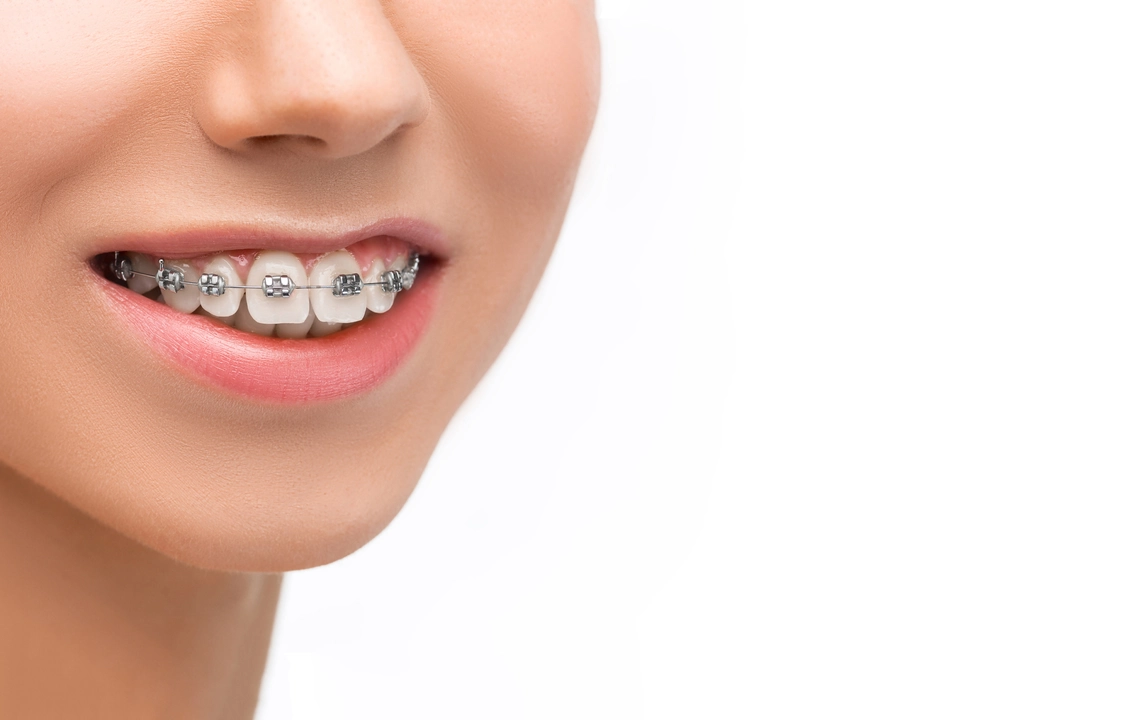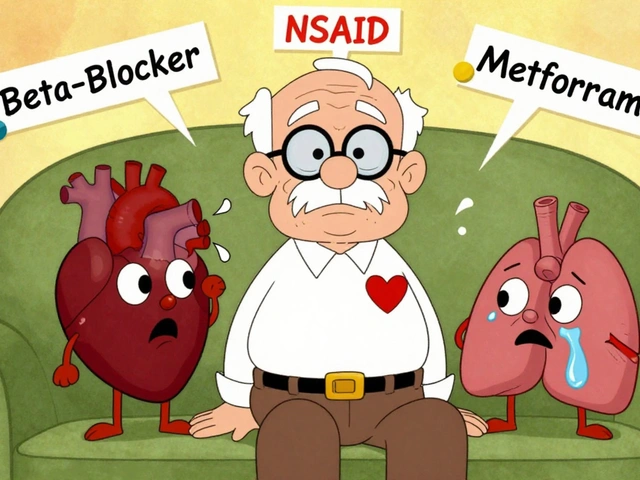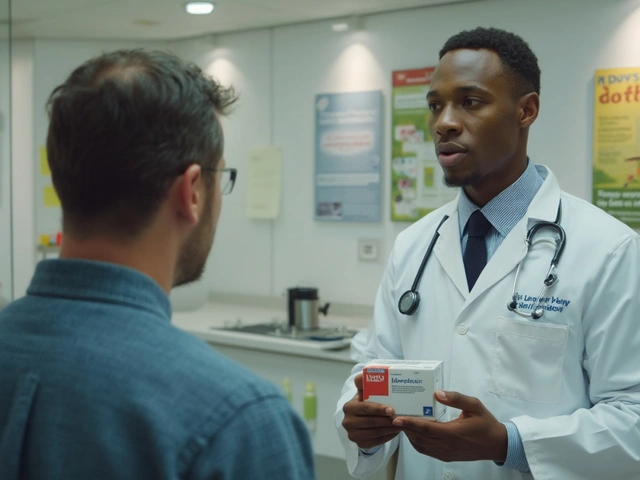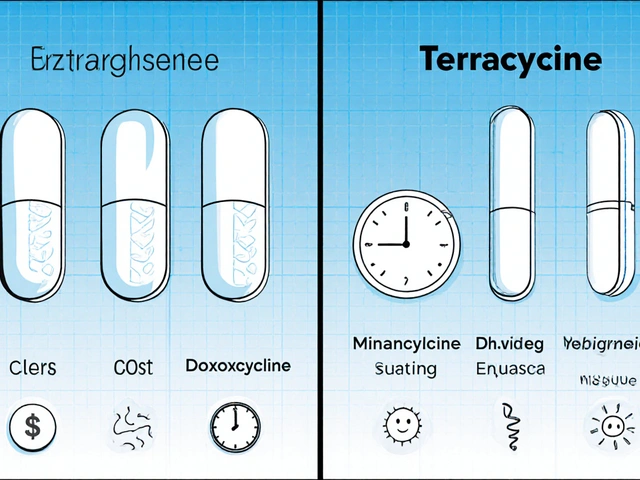Prophylaxis: Practical Ways to Prevent Disease
Prophylaxis means preventing disease before it starts. It's not just for doctors — you can use simple steps every day to cut your risk of infections, chronic problems, and complications.
Simple daily steps
Wash your hands with soap and water for 20 seconds after being in public, before eating, and after the restroom. Hand hygiene removes germs you pick up from surfaces and people. Keep up-to-date on vaccines: flu, COVID-19 boosters, tetanus, and shots recommended for your age and health. Vaccines train your immune system so infections are less likely or milder when they happen. Clean and disinfect high-touch surfaces at home if someone is sick. Cover coughs and stay home while contagious to protect others.
Eat a balanced diet with fruits, vegetables, whole grains, and lean protein to support your immune system. Aim for regular sleep—seven to nine hours—because poor sleep weakens resistance to infection. Move your body most days of the week; activity improves circulation and immune function. Manage stress with short walks, breathing, or hobbies—chronic stress raises inflammation and infection risk.
Medical prophylaxis: when and why
Sometimes a pill or shot prevents a specific illness. Examples include antibiotics after certain surgeries or bites, antimalarial drugs before travel, and HIV pre-exposure prophylaxis (PrEP) for people at high risk. These treatments work well when used correctly, but they need a doctor's prescription and follow-up. Take the full course as prescribed and discuss side effects with your clinician.
For chronic conditions, doctors may recommend preventive meds—like aspirin for some heart patients or statins to lower cholesterol risk. Ask for personalized advice: age, family history, and other health issues change what’s right for you. Never start or stop a preventive drug without medical guidance.
Travel prophylaxis deserves attention. Check vaccine and medication requirements for your destination, bring insect repellent with DEET or picaridin, and sleep under treated nets where malaria is common. Pack a basic travel kit with oral rehydration salts, a thermometer, and any routine prescriptions.
Sexual health prevention includes condoms, regular STI testing, and HPV vaccination. These choices reduce transmission and prevent complications like infertility and cancer. Talk openly with partners and your clinician about risk and testing schedules.
Finally, build a simple prevention plan: list vaccines, medications, and daily habits you need to keep. Set reminders for shots, refills, and screening tests like blood pressure checks, cholesterol panels, and cancer screenings. Prevention saves time, money, and worry—small steps add up fast.
Who should prioritize prophylaxis? People with weakened immune systems, older adults, pregnant women, and travelers to high-risk areas should be proactive. Children need routine childhood vaccines and parents should follow school and pediatric schedules. Keep a medicine list and share it with every clinician. Ask your pharmacist about interactions and over-the-counter options; they can help time doses and spot risks. Track dates in your phone and review them at annual checkups so nothing slips.
Start with one habit this week — pick a vaccine, test, or healthy routine and stick with it today.





